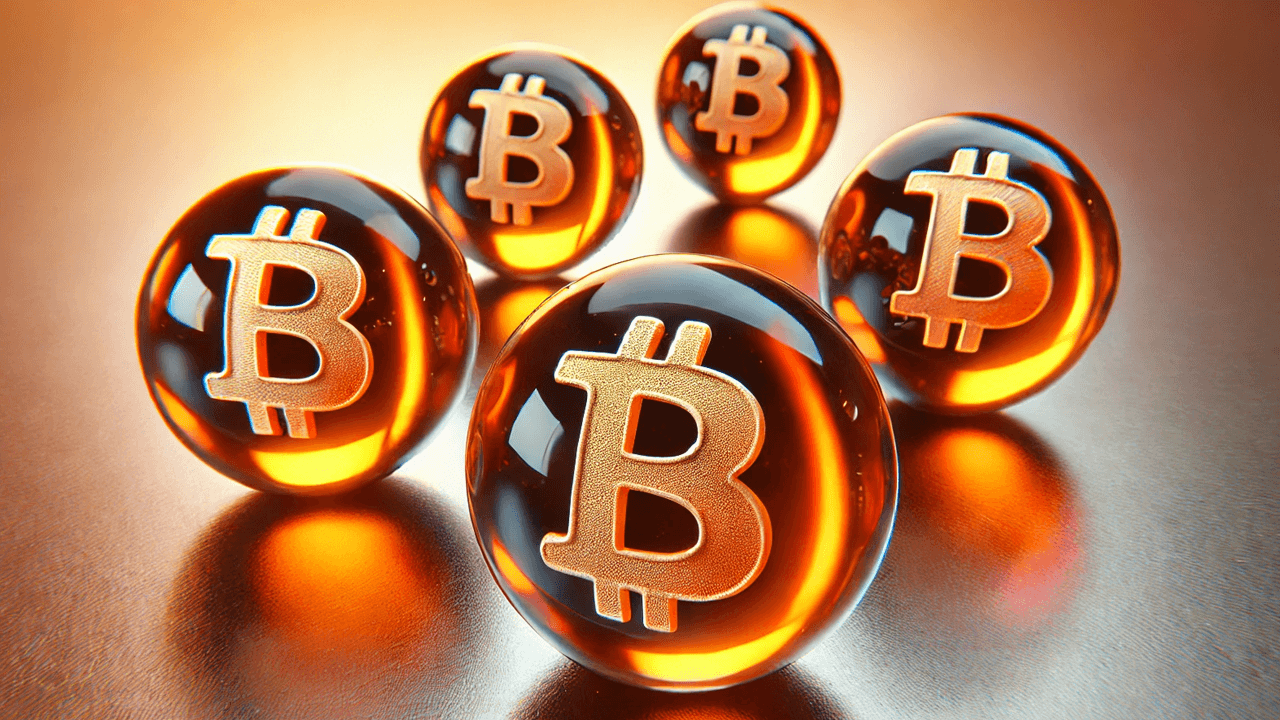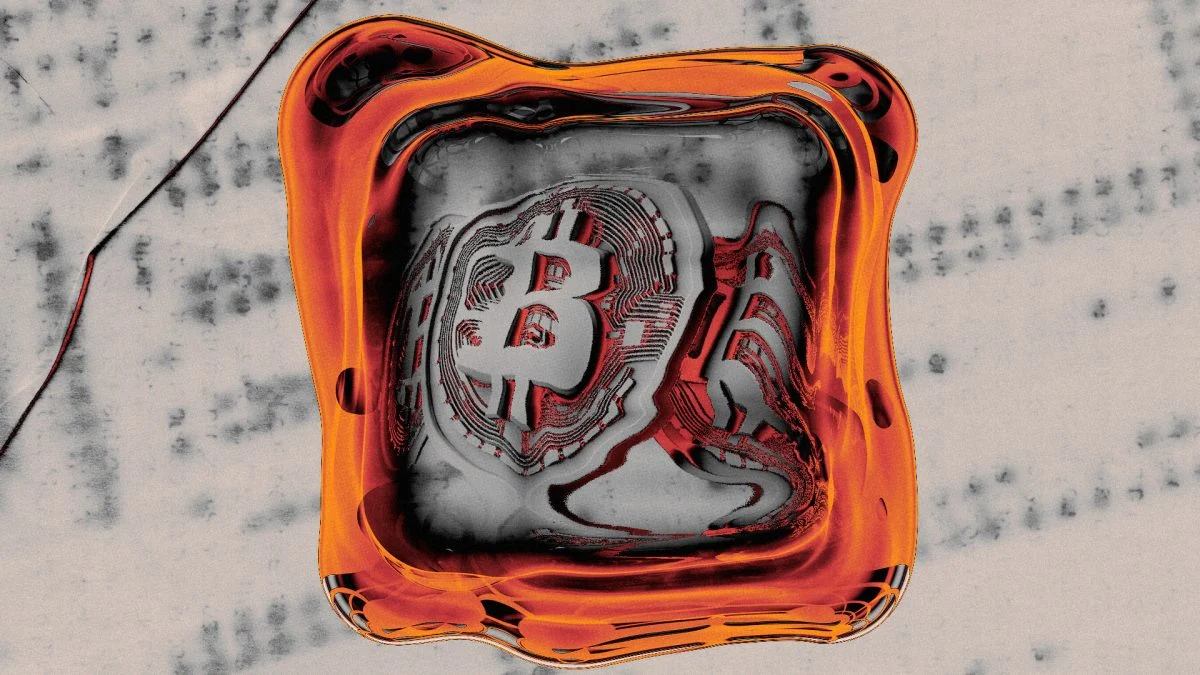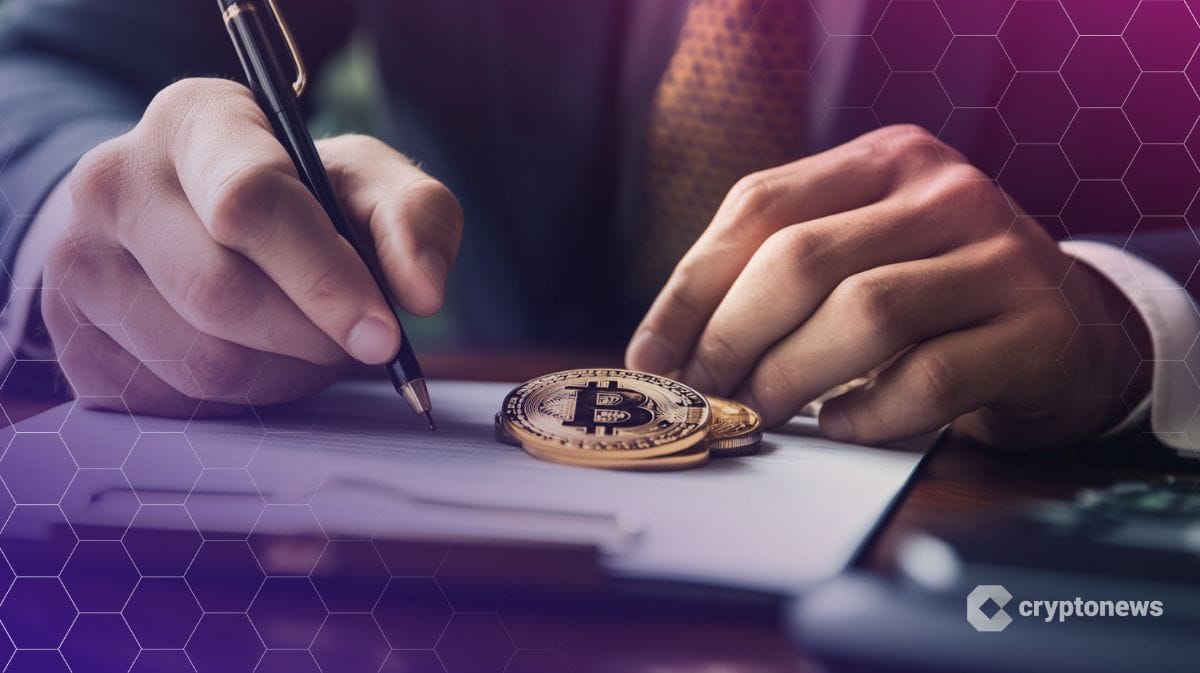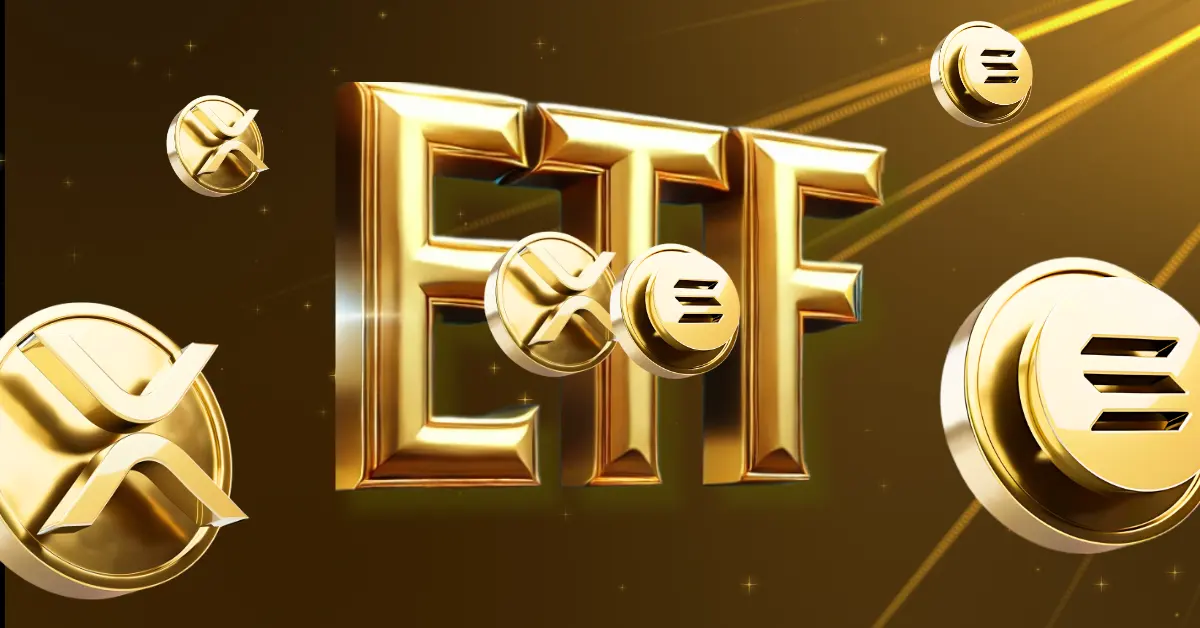Understanding the U.S. Dollar
Introduction
Understanding money is hard—especially when we don’t ask how it works. It’s easy to take for granted the value of the currency we use every day without truly understanding the ins and outs of its worth.
Wait, So What Is the U.S. Dollar Backed By?
Alex leaned forward at the coffee shop table. “You criticize bitcoin, but do you know how the U.S. dollar works?” John hesitated.
The U.S. dollar, like many other currencies around the world, used to be backed by gold. This meant that the value of the dollar was directly tied to the amount of gold held in the country’s reserves. However, this changed in 1971 when President Richard Nixon took the dollar off the gold standard.
Today, the U.S. dollar is no longer backed by a physical commodity like gold. Instead, its value is based on the trust and confidence people have in the U.S. government and economy. This is known as a fiat currency, meaning it has value because the government says it does.
Effects on Individuals
For the average person, the fact that the U.S. dollar is not backed by gold may not have a direct impact on their daily lives. However, it can affect things like inflation and interest rates. Since the government can print more money without the constraint of a gold standard, there is a risk of inflation devaluing the dollar over time.
Additionally, the value of the dollar relative to other currencies can impact things like travel expenses and the cost of imported goods. A strong dollar can make foreign travel more affordable, while a weak dollar can lead to higher prices for imported products.
Effects on the World
The fact that the U.S. dollar is the world’s primary reserve currency means that its value has a significant impact on the global economy. Many countries hold large amounts of U.S. dollars in their foreign exchange reserves, and commodities like oil are priced in dollars.
A strong dollar can make U.S. exports more expensive, potentially hurting American businesses that rely on international trade. On the other hand, a weak dollar can boost exports but lead to higher inflation domestically.
Conclusion
While the U.S. dollar may no longer be backed by gold, its value is still an essential part of the global economy. Understanding how the dollar works can help individuals make informed financial decisions and navigate the complexities of today’s interconnected world.





